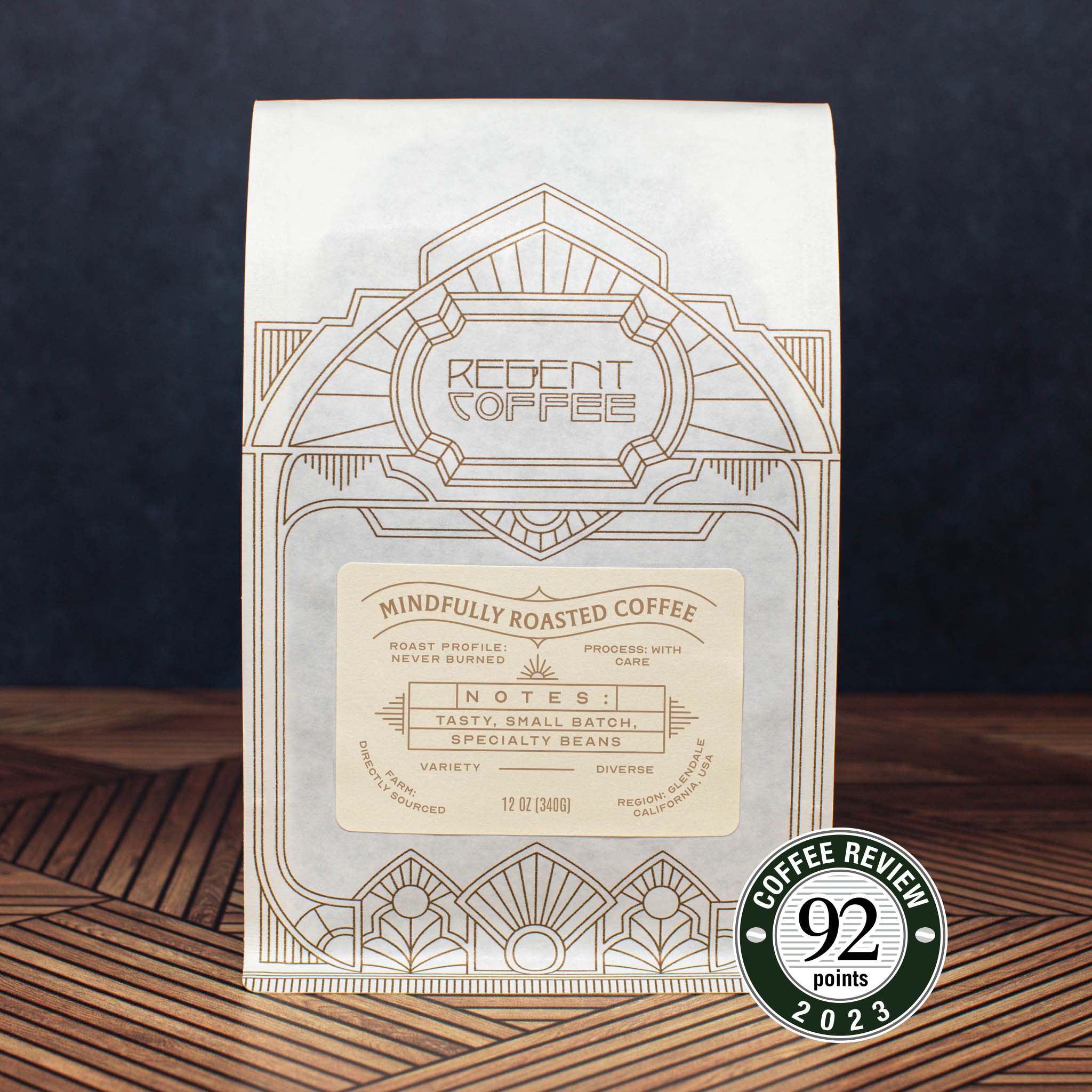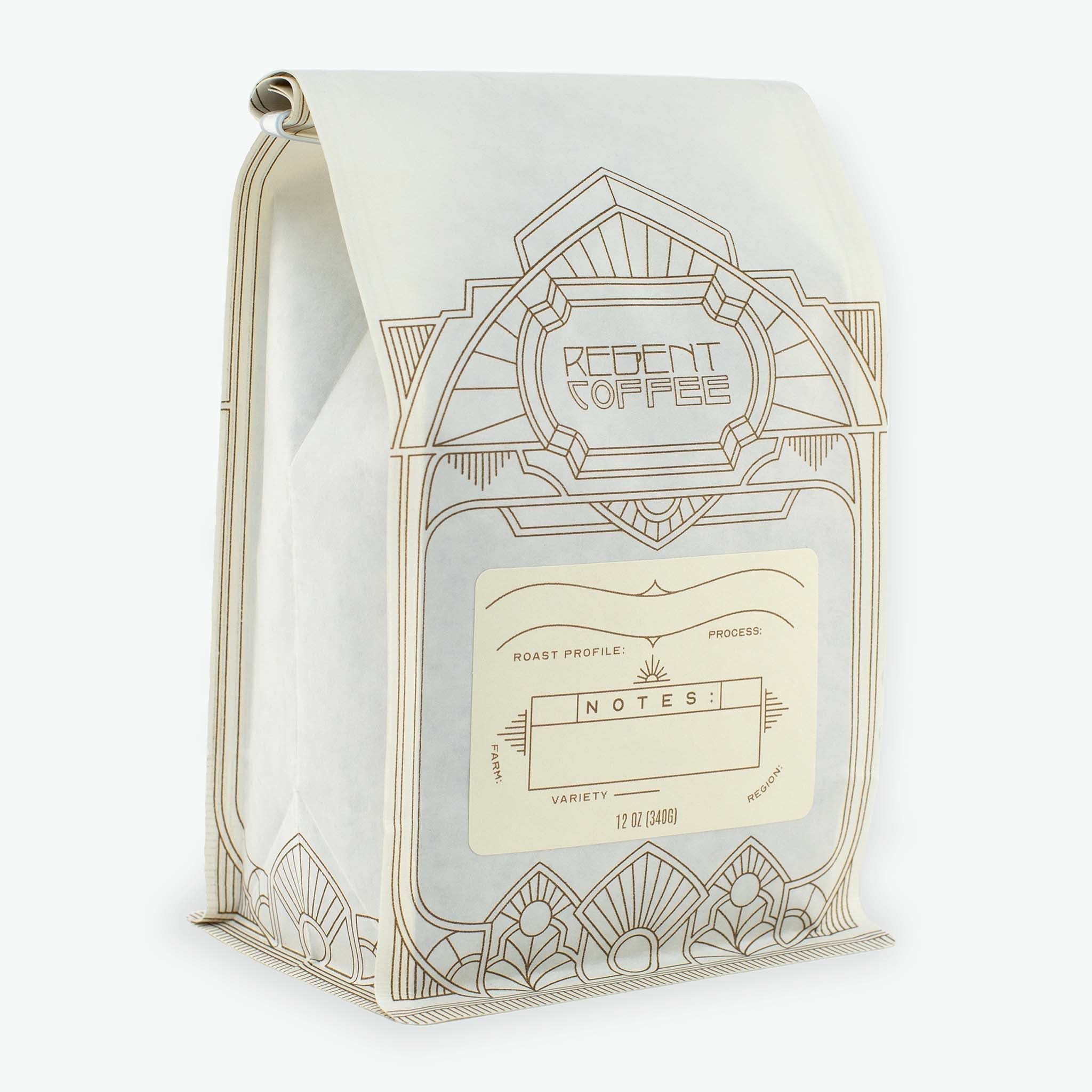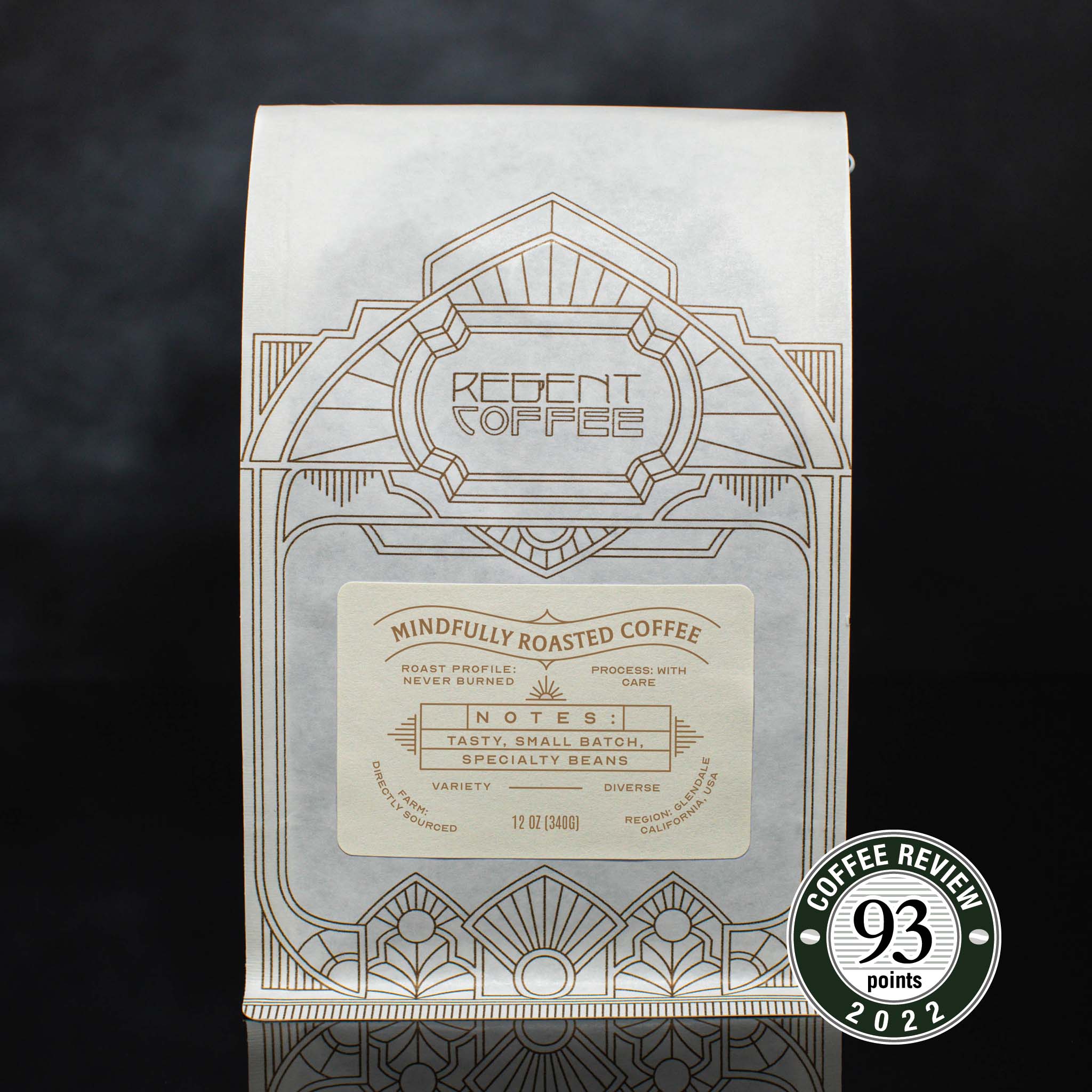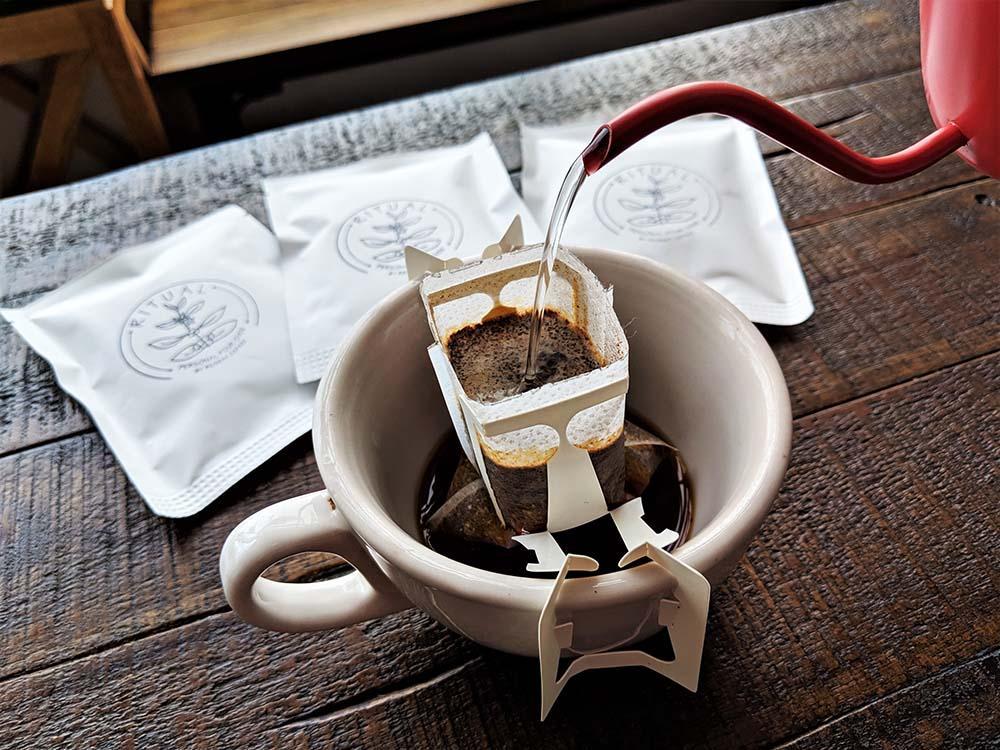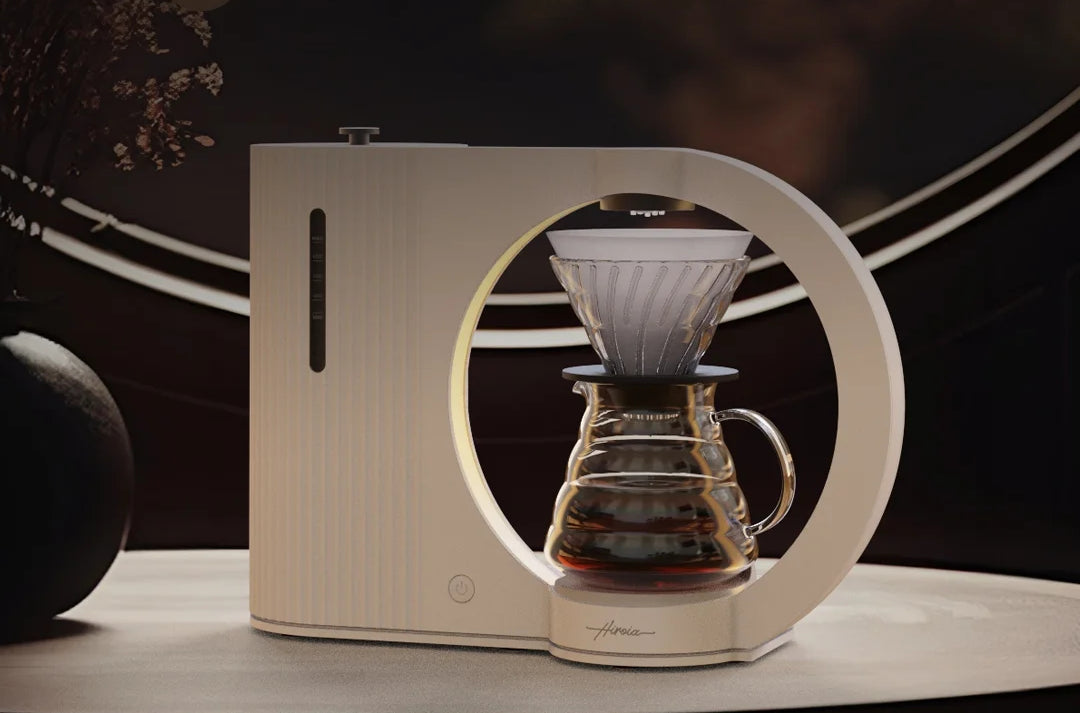The Untold Secrets of Decaf Coffee: How It's Made and What You Need to Know!
Are you a coffee lover looking to cut down on caffeine but still want to enjoy the rich taste and aroma of your favorite brew? Well, you're in luck because today we're delving into the mysterious world of decaf coffee! In this article, we'll explore the most popular methods used for decaffeinating coffee and what you need to know before taking that first sip.
Method 1: Solvent-Based Decaffeination
Solvent-Based Decaffeination is one of the most popular methods for removing caffeine from coffee beans. This process involves soaking the green coffee beans in a solvent that selectively extracts caffeine while leaving other flavor compounds intact. The most common solvents used in this method are methylene chloride and ethyl acetate. While these solvents can be effective at removing caffeine, they have raised concerns over potential health risks and environmental impact.
The process begins by soaking the green coffee beans in hot water to open up the pores of the beans. The beans are then removed from the water and placed in a tank with the solvent. The solvent is circulated through the beans for several hours, extracting the caffeine. The solvent is then removed, and the beans are rinsed with water and dried. While this method can be effective, some coffee drinkers are hesitant to consume coffee that has been decaffeinated using chemical solvents. Therefore, other decaffeination methods, such as the Swiss Water Process and the CO2 Process, have become more popular in recent years.
Method 2: Swiss Water Process
The Swiss Water Process is a natural method for decaffeinating coffee that does not use any chemicals or solvents. Instead, it relies on a process of osmosis and solubility to remove caffeine from the coffee beans. In this method, the green coffee beans are soaked in hot water to dissolve the caffeine and other soluble compounds. The resulting liquid, known as the "flavor-charged" water, is then passed through activated carbon filters, which selectively remove the caffeine while leaving the flavor compounds intact.
The filtered water, now free of caffeine, is then used to soak a new batch of green coffee beans. This process is repeated until the desired level of caffeine is achieved. The Swiss Water Process is an environmentally friendly and chemical-free method for decaffeination that is gaining popularity among coffee drinkers who are concerned about the potential health risks associated with chemical solvents. This is Regent Coffee's preferred method and the decaf beans we roast use this process.
Method 3: Carbon Dioxide (CO2) Process
The Carbon Dioxide (CO2) Process is another natural and chemical-free method for decaffeinating coffee. This method involves exposing the green coffee beans to high-pressure carbon dioxide, which selectively removes the caffeine while leaving other flavor compounds intact. In this method, the green coffee beans are placed in a stainless steel vessel and exposed to high-pressure CO2. The CO2 acts as a solvent, selectively extracting the caffeine from the beans.
The caffeine-laden CO2 is then passed through a series of filters that separate the caffeine from the CO2. The CO2 is then recycled back into the system, and the caffeine is collected for use in other industries. The coffee beans are then removed from the vessel, and any remaining traces of CO2 are removed through a process of degassing. The CO2 Process is considered one of the most effective methods for decaffeination, as it is able to remove almost all of the caffeine while leaving the flavor compounds intact. However, it can be quite expensive, which is why it's not as widely used as solvent-based methods.

Before you go brewing up a cup of decaf coffee, there are a few things you should keep in mind. Firstly, decaf coffee is not completely caffeine-free. In fact, most decaf coffees still contain a small amount of caffeine, usually around 2-5 mg per 8-ounce cup. Secondly, decaf coffee can taste slightly different from regular coffee due to the decaffeination process, so be prepared for a slightly altered taste.
Decaf coffee is a great option for those who want to enjoy the taste and aroma of coffee without the jitters and sleeplessness that come with caffeine. Whether you prefer the solvent-based method, the Swiss Water Process, or the CO2 process, there's a decaf coffee out there for everyone. So go ahead, brew yourself a cup of decaf and savor the rich flavor and aroma of your favorite coffee!


